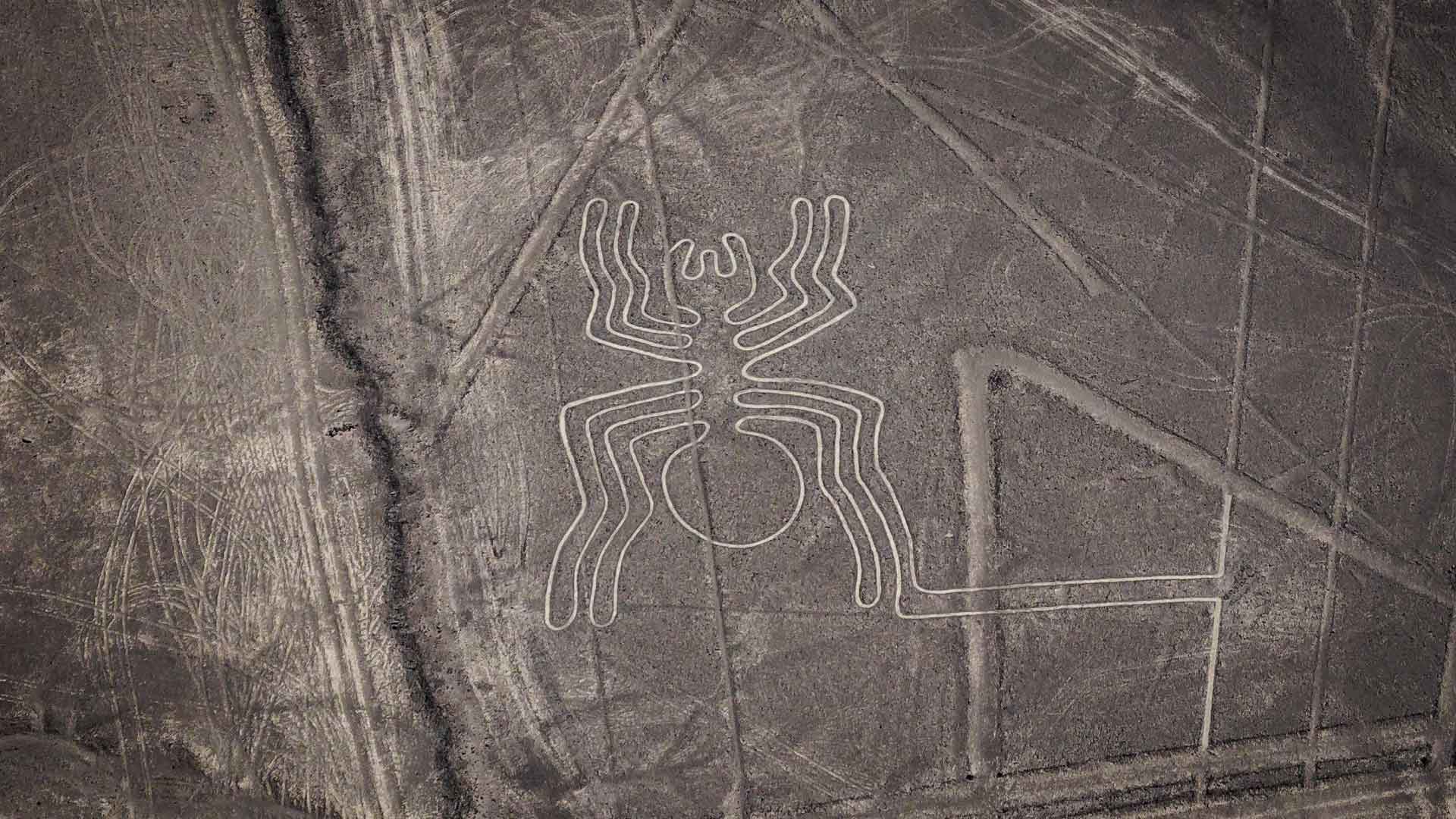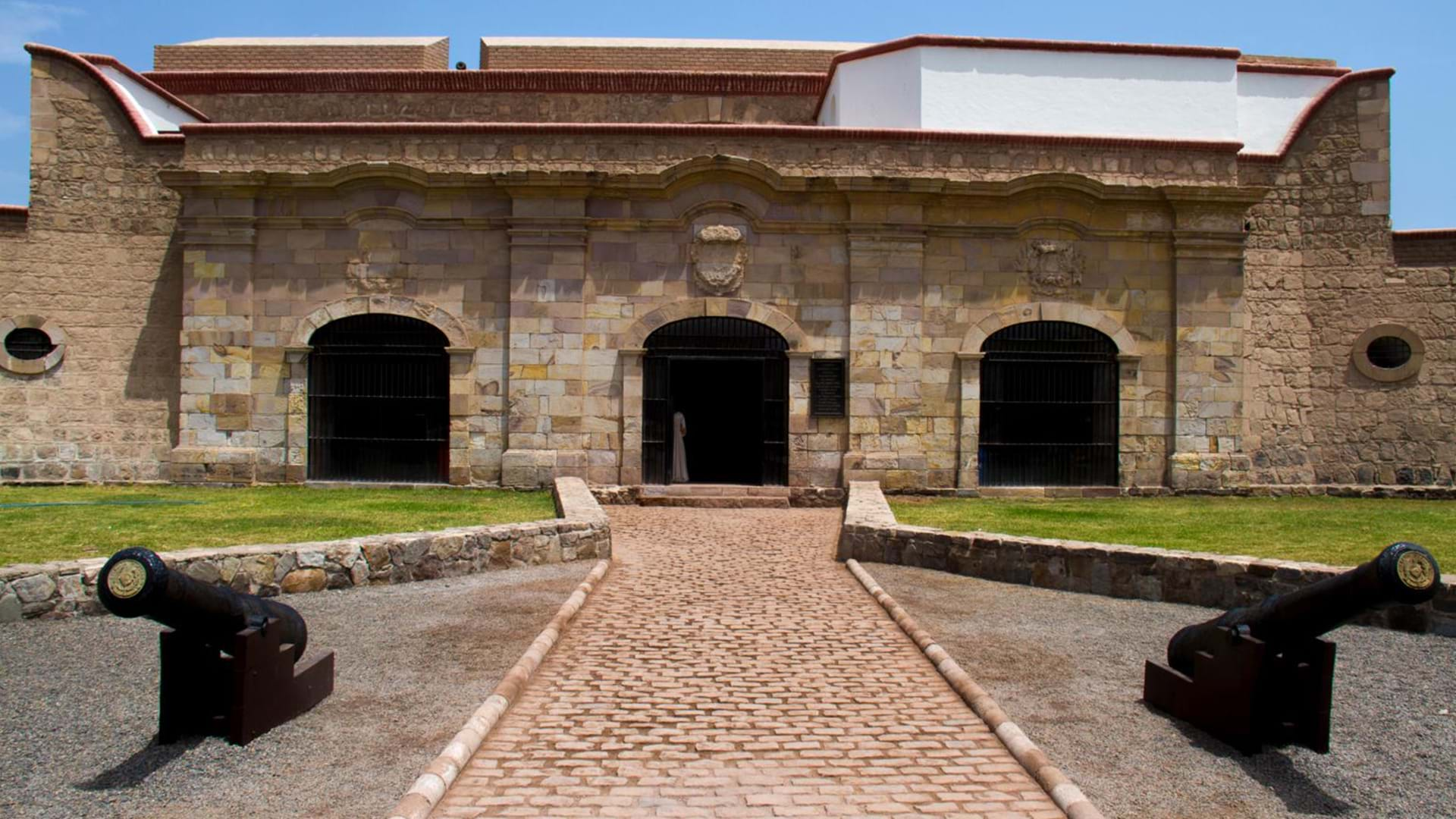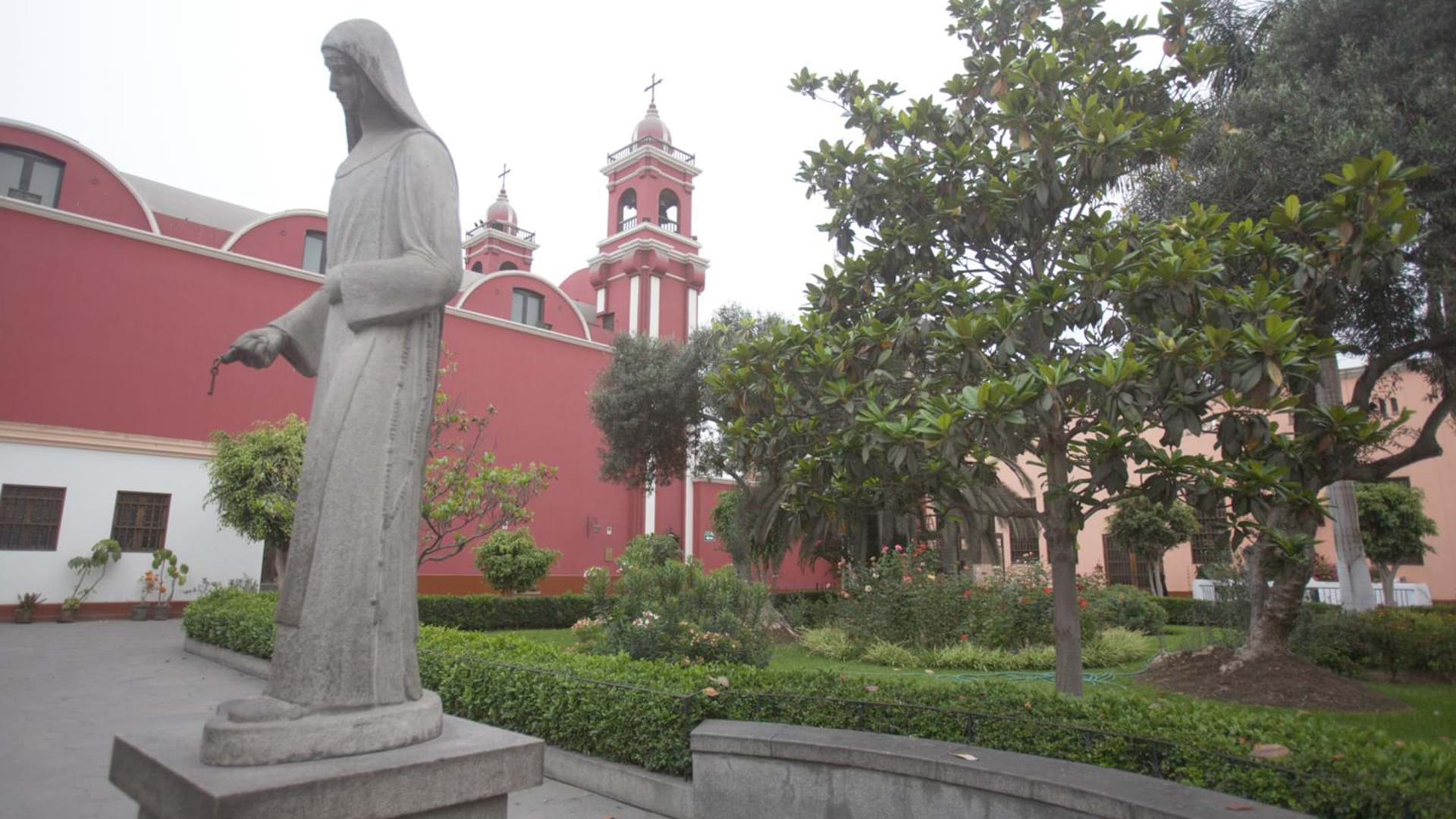Anniversary of the Creation of Nasca
Nasca celebrates every August 29th one more year since its founding. This city is located in the coastal desert of Ica, about 450 kilometers southeast of the city of Lima, and is famous for its rich history. The area houses several archaeological sites and is also known for the production of wines and piscos, as well as for its craftsmanship and traditional textiles.
Nasca is situated amidst a desert and arid environment characteristic of the Peruvian coastal region. This unique geography gives the city a landscape marked by the predominant presence of fine sand dunes and rocky terrain.
The climate in this region is characterized by warm temperatures for most of the year. Rainfall is extremely scarce, contributing to the aridness of the landscape.
Below, we will tell you about the most visited tourist attractions in this region.
1. Nasca Lines – This is probably the place that generates the most interest among local and foreign visitors. The Nasca Lines are a mystery for archaeologists, historians, and travelers. These ground markings were meticulously drawn by the ancient Nasca civilization, which flourished in the coastal region of Peru between the 2nd century BC and the AD 6th century, leaving a visual legacy that has defied the passage of time.
They are a diversity of geometric shapes, abstract designs, and stylized animal representations created by removing the dark stones from the surface of the ground, thus exposing the lighter layer of sand and rock underneath. The most notable characteristic of these lines is that they can only be seen from the air, which has led to a flood of speculation and theories about their purpose and origin.
2. Cantalloc Aqueducts – These are an astonishing demonstration of engineering, consisting of hundreds of spiral wells meticulously carved into the earth. These aqueducts date back over 1700 years and served as respirators that allowed water to flow and be efficiently channeled along intricate underground canals.
These wells, which have endured over the centuries, continue to inspire awe and admiration, reminding us of the creative capacity and ingenuity of past cultures.
3. Los Paredones Archaeological Complex – Its construction was presumably carried out during the rule of Inka Pachacútec. Some scholars believe that, instead of being a center of power and administration, Los Paredones may have served as a private and exclusive retreat for one of the rulers of the vast Inka Empire. Others consider it to have been a kind of prison for individuals of importance or political enemies.
4. Chauchilla Necropolis – It is considered the largest necropolis of the pre-Inka period. The bones and skeletal remains displayed in this enigmatic place silently speak of the cultures that once inhabited these arid lands, such as the Nasca culture. Adobe tombs are also found here.
5. Cahuachi Archaeological Site – This is the largest adobe ceremonial center in the world. These majestic truncated adobe pyramids, towering at impressive heights ranging from 15 to 40 meters, stand as an engineering feat reflecting the architectural dexterity of the Nasca culture. It is considered the largest urban area in the Andean world.
In summary, Nasca is a city that, with its undeniable mystery and unique essence, continues to beckon travelers to explore its intricate paths and immerse themselves in its tangible legacy. In every corner, in every line traced in the sand, Nasca reveals its identity as a captivating and timeless destination.
Recommendations:
- Fly over the Nasca Lines.
- Try the typical gastronomy of the region.



